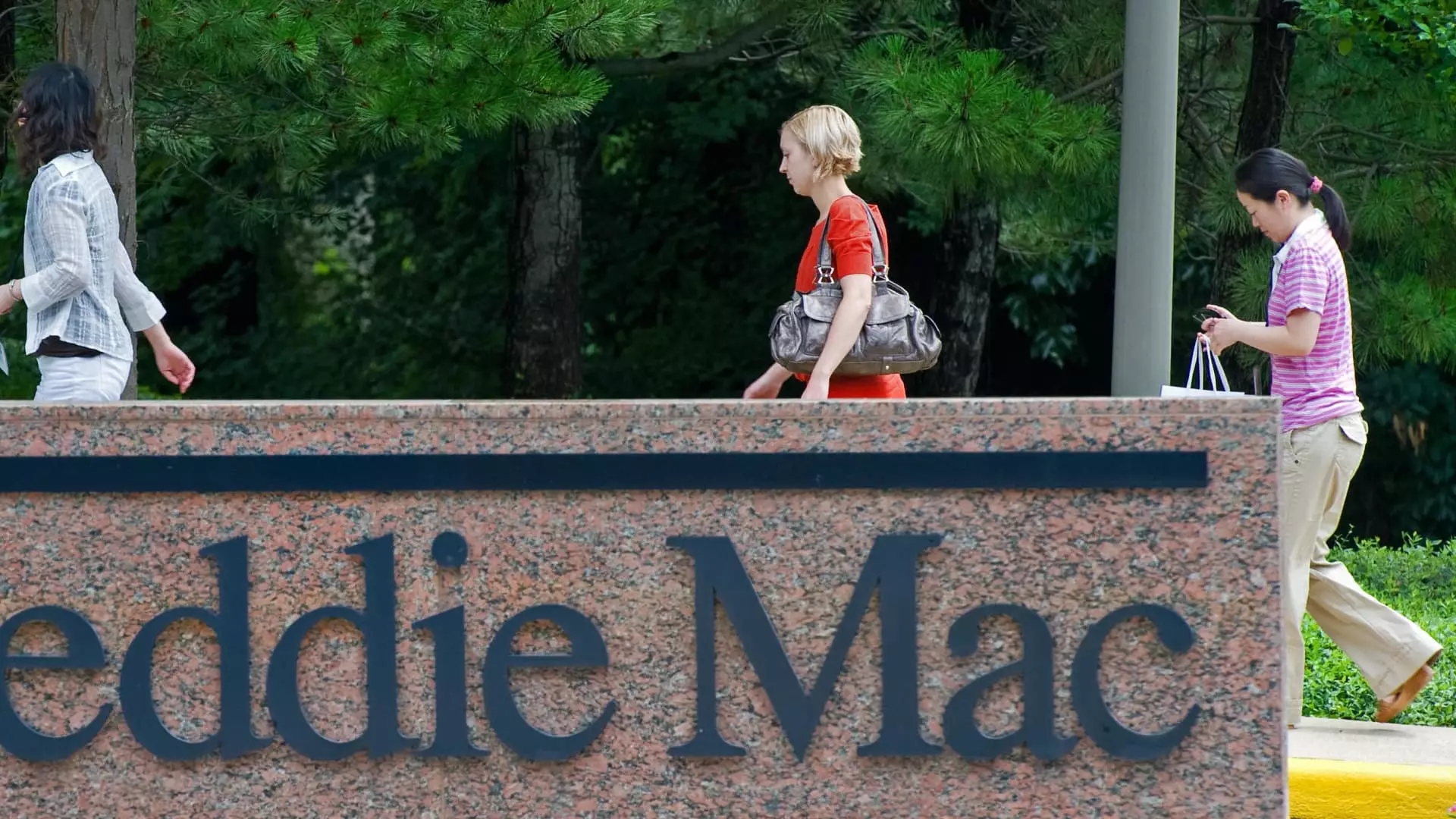The Future of Fannie Mae and Freddie Mac: Navigating the Risks of Privatization

The fate of Fannie Mae and Freddie Mac has been a topic of national discussion for years, particularly following their government takeover during the 2008 financial crisis. The prospect of transitioning these two pivotal mortgage financing entities back into private hands re-emerged during President Donald Trump’s administration and continues to be a point of contention in his current term. This article delves into the implications of such a shift, the hurdles involved in privatization, and the potential consequences for the mortgage market and the broader housing economy.
Established by Congress, Fannie Mae and Freddie Mac were designed to enhance access to home financing and support the ubiquitous 30-year fixed-rate mortgage. However, their very foundation was shaken during the 2008 economic turmoil, which revealed systemic weaknesses in the housing market. Risky lending practices and unfathomably complex financial products proliferated, making the two entities susceptible to enormous losses. When the reality of their precarious state struck, the federal government intervened to prevent a broader economic meltdown, placing them under the conservatorship of the Federal Housing Finance Agency (FHFA).
This intervention was one of necessity rather than a signal of long-term change. Under conservatorship, Fannie Mae and Freddie Mac were protected from the market’s vagaries but were forced to abide by strict regulations that limited their profit abilities, a departure from their original mandate. The result was a complex relationship with taxpayers and the overarching question of when, or if, these government-sponsored enterprises (GSEs) would return to their private roots.
In more recent discourse, especially since Trump’s administration, privatizing Fannie Mae and Freddie Mac has re-entered the conversation. Proponents argue that privatization could reduce the federal budget’s burden by removing substantial liabilities and could create enormous profit potential estimated at around $300 billion. However, this viewpoint raises serious concerns about the risks involved, particularly the impact on mortgage rates.
Famed economists like Mark Zandi have warned that privatization may unleash unforeseen risks into the mortgage market. Investors may demand higher interest rates to compensate for the greater risks that privatization could create. As a result, the very consumers that the GSEs were meant to assist may find themselves facing increased borrowing costs for mortgages, which could inadvertently restrict access to affordable housing.
Further complicating the privatization landscape are the economic and logistic barriers inherent in unraveling the current structure. Susan Wachter, a noted professor of finance and real estate, made it clear that any move to privatize Fannie Mae and Freddie Mac would not be seamless and could bring about negative consequences for the housing market. She pointed out that navigating multiple stakeholders, from various government departments to private shareholders, makes the process far more intricate than simply signing off on a document.
The dynamic between Fannie Mae, Freddie Mac, and the broader mortgage market cannot be overstated. According to industry estimates, these entities support roughly 70% of the U.S. mortgage market. Their presence stems from a commitment to stabilize housing finance and ensure that mortgage lending remains robust, even in turbulent times. As such, any move to phase out their government backing must be calculated with care.
Especially telling is the rising number of all-cash home purchases, which surged to 26% in 2024, a clear indicator of field challenges as many American families either cannot access or have become wary of traditional financing options. The diminished reliance on mortgages raises further questions about the implications of weakening the GSEs’ involvement in the market.
The reality is stark: if Fannie Mae and Freddie Mac revert to private status without robust oversight, the mortgage-backed securities market could invite a return to the dangerous practices that precipitated the previous crisis. In essence, a careful re-evaluation of what a non-government-supported mortgage environment would look like is paramount.
The fate of Fannie Mae and Freddie Mac remains a complicated issue, one that intertwines with the intricacies of American housing finance. While the desire for privatization may resonate in economic circles seeking efficiency and reduced governmental burden, the logistics of such a shift are daunting, and the risks could outweigh the benefits.
As the discussion advances through this administration and beyond, stakeholders—including policymakers, economists, and housing advocates—must deliberate over the potential consequences of diminishing government influence on these institutions. The fundamental question remains: what is the best path forward for a stable and accessible mortgage market that serves the needs of American homebuyers? It appears that finding a resolution will require profound analysis, careful planning, and, most importantly, a commitment to both fiscal responsibility and the welfare of the citizens it ultimately serves.





